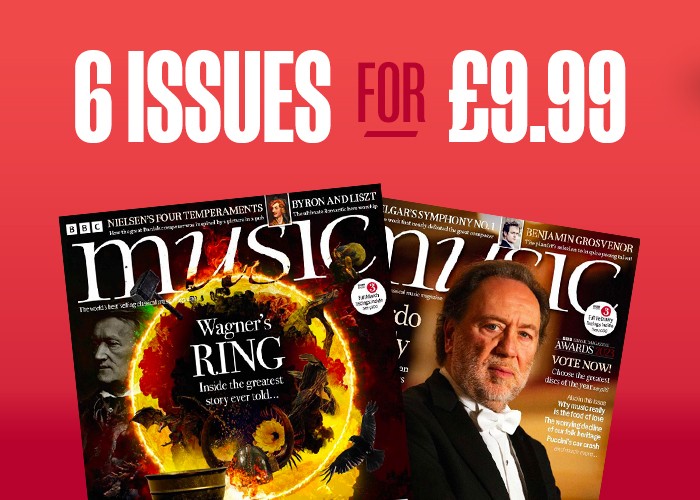Cornet vs trumpet: what's the difference?
Despite looking similar the cornet and trumpet are actually two very different instruments as we explain

Both the trumpet and cornet are similar looking brass instruments but differ in tone and shape.
How does a trumpet differ to a cornet?
Though the trumpet is now the standard top – as in highest voiced – brass instrument in symphony orchestras and jazz bands or ensembles, this was not always the case. The cornet, a warmer toned and more obviously versatile instrument, in the 1890s seemed set to displace the trumpet. Significant parts were written for it by Rossini, Berlioz, Bizet and Tchaikovsky, who all appreciated both its virtuosity and its ability to blend with other instruments more easily than does the trumpet.
However, it seems that the trumpet’s more piercing tone finally trumped the cornet’s more mellow tone, and better suited the sharper style of 20th century music both for dance bands and for orchestras. The cornet today is found mainly in brass bands, where it appears in greater numbers than any other instrument.
Why is the cornet’s tone different to a trumpet's?
Unlike the trumpet, which has a cylindrical bore, the cornet has a more conical bore, giving its tone quality something of the quality of the horn, which similarly has a gradually widening rather than a cylindrical bore. The ‘cup’ of the cornet’s mouthpiece is also deeper than a trumpet’s, adding to the warmth of its tone. The instrument, thanks the width of its bore, also has greater flexibility than a trumpet, making double or even triple tonguing (the technique which enables the player to play rapid-fire staccato notes) significantly easier: there’s a quick burst of such playing in the cornet’s solo in Tchaikovsky’s Capriccio Italien.
What are the similarities between trumpet and cornet?
Like the trumpet, the cornet works on the harmonic series, and has three keys or valves which enable it to ‘fill the gaps’ to play scales rather than just fanfares. Also, like the trumpet, there are cornets in B flat, and those in A (the difference being that one works better in flat keys, while the other works best in sharp keys); the cornet, unlike the trumpet, has a third type in E flat, which is only used in wind bands. The cornet’s similarity in technique and range means that often music originally written for that instrument, such as in Tchaikovsky’s Capriccio Italien, is nowadays played by a trumpet.
What music requires a cornet?
Even in the 20th century, when the cornet was being displaced by the trumpet, composers would sometimes write music to be played specifically by a cornet because of its particular tone quality. Examples include Vaughan Williams in A London Symphony, and Constant Lambert in Rio Grande.
Of course the trumpet is particularly famous for the fanfare, played to introduce the arrival of someone important - or a special event




